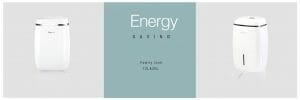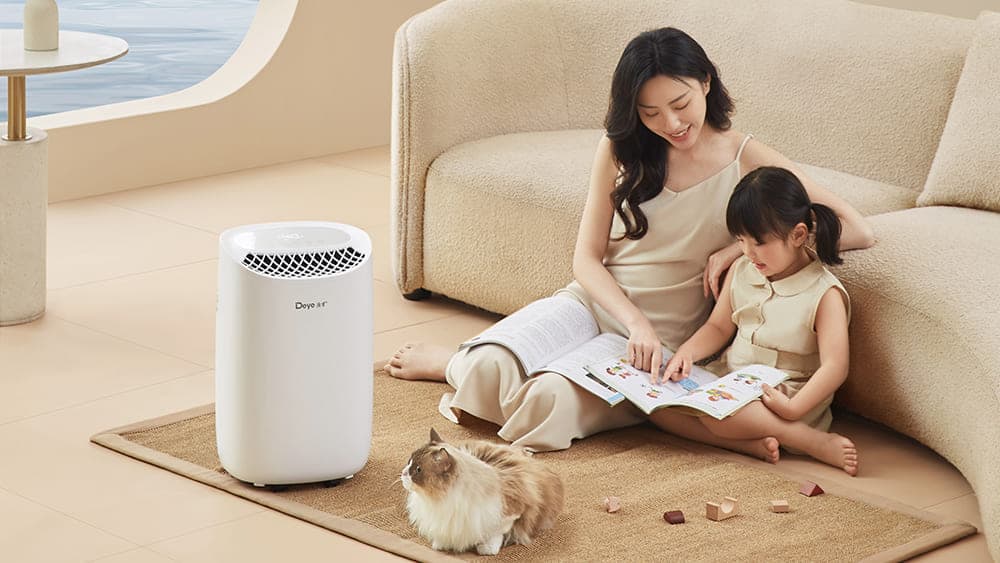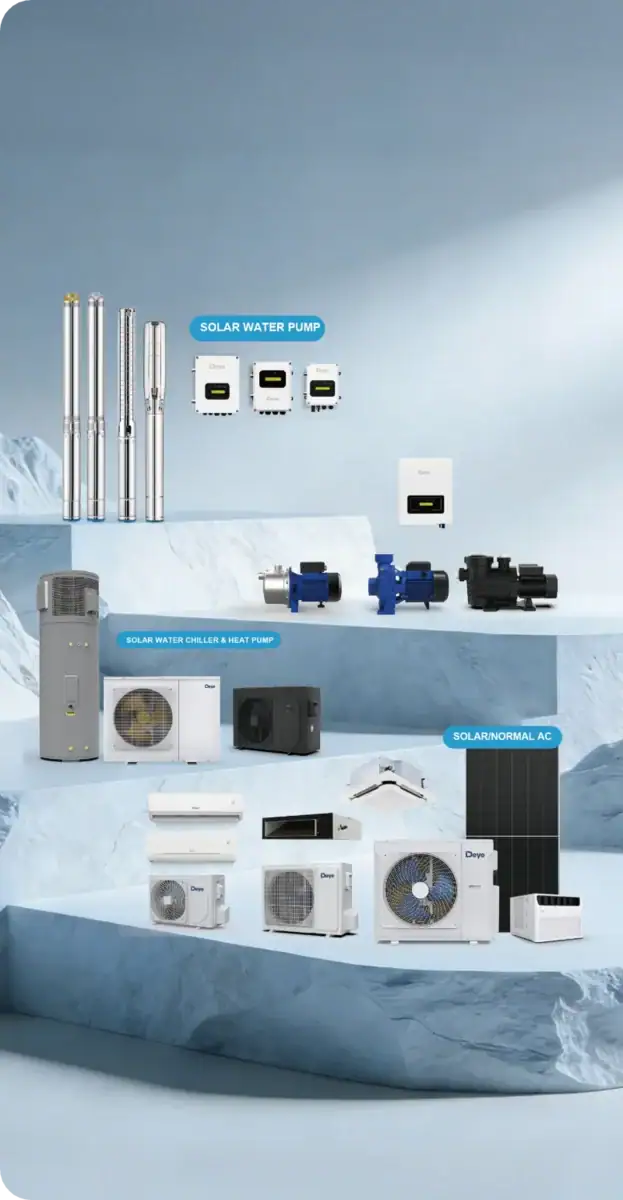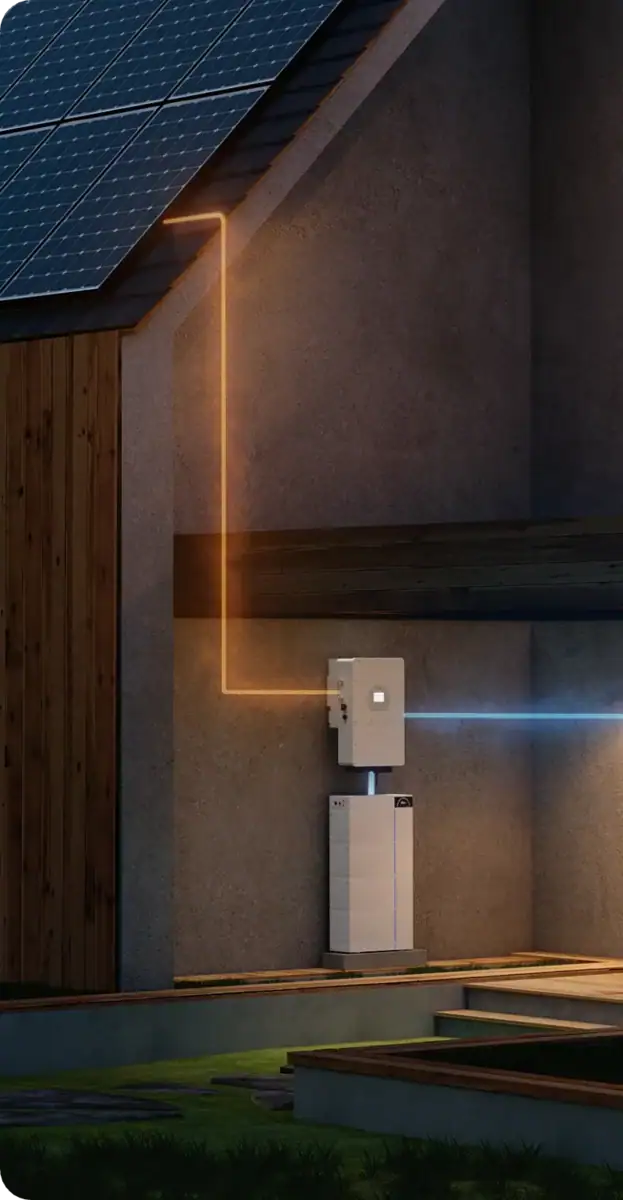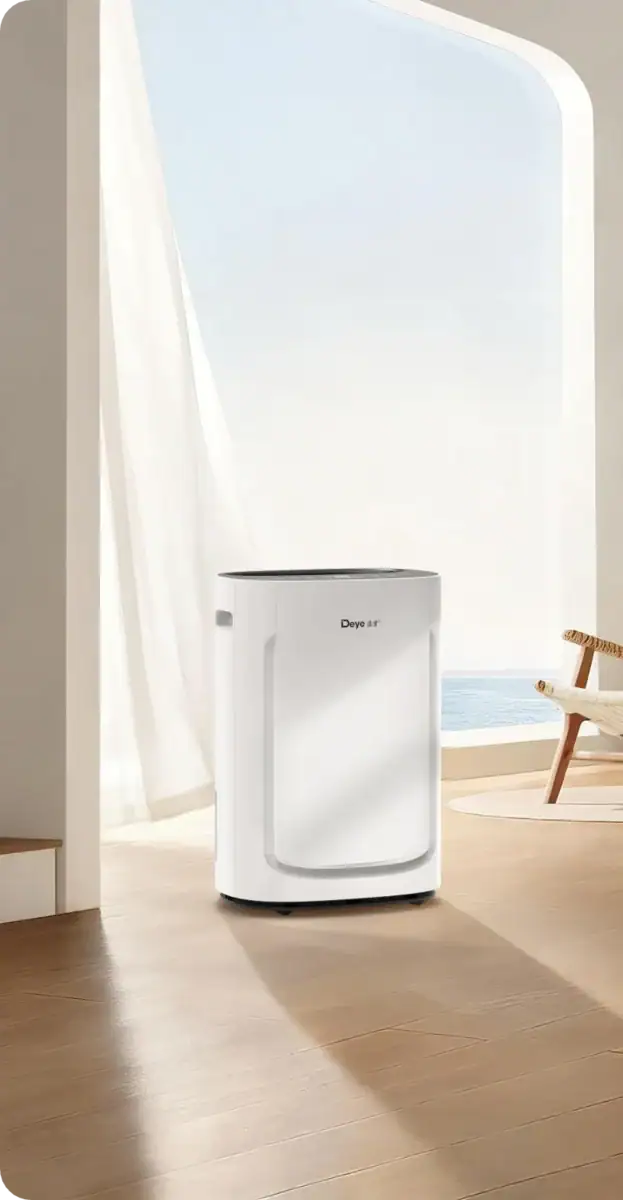A damp basement can be a real headache. It may produce a musty smell, lead to mold and even structural damage. That’s where a great dehumidifier comes in. It’s the first step toward a healthier and more comfortable living space.
But with so many options out there how do you choose the right one? This article breaks down the key features to look for in a basement dehumidifier. We’ll help you find the best fit for your needs.
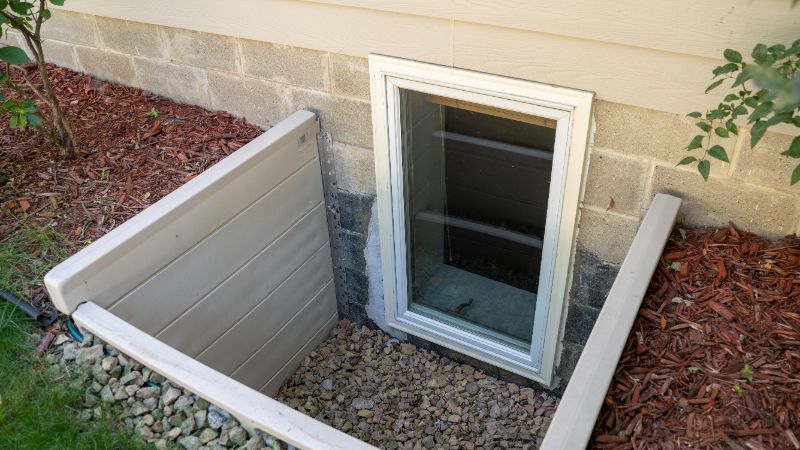
Understanding Basement Humidity Challenges
Basements face unique moisture problems that require specific dehumidifier solutions. Understanding these challenges helps homeowners choose the right appliance for their space.
Why Basements Are Prone to Moisture
Basements accumulate moisture from several sources.
They sit below ground level, surrounded by soil that holds water.
Concrete walls and floors often lack proper vapor barriers.
Poor ventilation traps humid air inside the space.
Plumbing leaks or foundation cracks introduce additional water.
Temperature differences cause condensation on cold surfaces.
The Impact of Excess Humidity
High humidity causes multiple problems in basements.
It promotes mold growth on walls, furniture, and stored items.
It creates musty odors that spread throughout the home.
It damages wood structures, causing warping or rot.
It corrodes metal pipes, tools, and electrical systems.
It triggers allergies and respiratory issues for residents.
Key Features to Look For in a Basement Dehumidifier
Choosing the right dehumidifier involves evaluating several essential features. These elements ensure the unit performs effectively in a basement’s demanding environment.
Capacity and Coverage Area
Capacity determines how much moisture a dehumidifier removes daily, measured in pints. Basements typically require units with 50-pint or higher capacities for adequate drying. Coverage area indicates the square footage the unit can effectively serve, such as 1,500 to 3,000 square feet. Matching both capacity and coverage to the basement’s size prevents underperformance.
Built-In Pump and Drainage Options
Built-in pumps automatically lift water to a sink or drain located above the unit. Gravity drainage uses a hose to direct water to a floor drain or sump pump. Units with continuous drainage options eliminate the need for manual bucket emptying. Selecting a model with a pump offers greater installation flexibility in basements without floor drains.
Energy Efficiency and Operating Costs
Energy Star certified models use up to 30% less electricity than standard units. Lower wattage consumption directly reduces monthly operating expenses. Inverter compressors adjust speed based on humidity levels, saving energy over time. Investing in an efficient dehumidifier lowers long-term costs while maintaining performance.
Top Dehumidifier Types for Basements
Selecting the right dehumidifier type ensures effective moisture control in basements. Each model offers distinct advantages depending on specific needs and conditions.
Desiccant vs. Compressor Models
Desiccant models absorb moisture using a drying material like silica gel. They operate quietly and perform well in cooler temperatures below 65°F. Compressor models use refrigerants to condense moisture from the air. They remove more water per day in warmer environments above 65°F.
Portable vs. Whole-House Units
Portable units offer flexibility and easy relocation within the basement. They suit smaller spaces or targeted moisture issues. Whole-house units integrate with existing HVAC systems. They provide comprehensive humidity control for the entire home, including the basement.
Deye Dehumidifiers: Your Solution for a Dry Basement
Deye residential dehumidifiers offer an energy-efficient and technologically advanced solution for basement moisture control, ensuring a healthier and more comfortable home environment . These units actively prevent mold, mildew, and dust mites by effectively removing excess humidity.
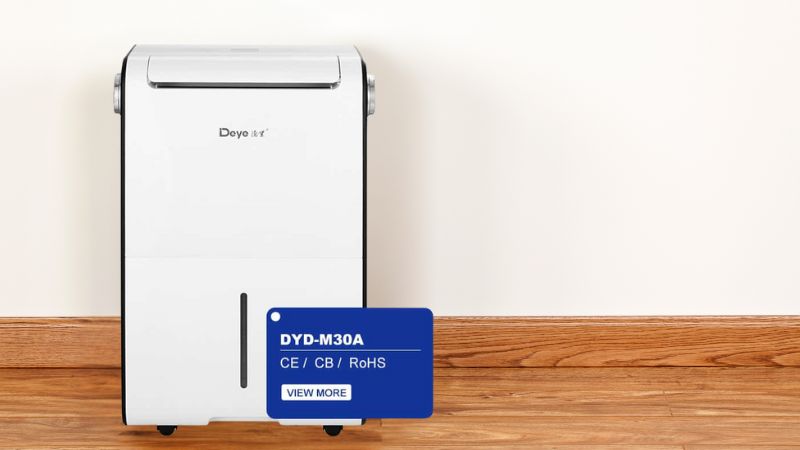
Key features include:
- Continuous Drain: Eliminates manual emptying with a direct hose system .
- Advanced Air Purification: Enhances indoor air quality beyond just dehumidification .
- Auto Defrost: Protects the unit and maintains performance in cooler temperatures .
- Clothes Drying Function: Offers an efficient way to dry laundry .
- Quiet Operation: Runs at noise levels as low as 36dB, ideal for any living space .
- Smart Controls: Provides easy management of humidity levels with LED displays, timers, and auto-humidistats .
Ready to transform your basement into a healthier, more comfortable space?
Explore the full range of Deye home dehumidifiers and find the perfect model for your needs. Visit the Deye Home Dehumidifier page or request a quote directly to learn more about how Deye can help you achieve optimal moisture control in your basement.
Installation and Maintenance Tips
Proper installation and regular maintenance keep a basement dehumidifier running effectively. These practices extend the unit’s lifespan and improve moisture control.
Optimal Placement for Maximum Efficiency
Place the dehumidifier centrally within the basement. Keep it at least 6 inches away from walls and furniture. Avoid placing it near heat sources or in direct sunlight. Ensure the unit stands on a flat, stable surface. Position it close to a drain or sump pump if available.
Routine Cleaning and Filter Replacement
Clean the exterior with a damp cloth every two weeks. Wash the air filter monthly using mild soap and water. Replace the filter every six months or as the manufacturer recommends. Empty and sanitize the water bucket weekly to prevent mold. Check the drainage hose for clogs or kinks each month.
Conclusion
Choosing the right dehumidifier for a basement makes a huge difference in comfort and home protection. It’s all about matching the unit’s features to the space’s specific needs.
With the right model in place homeowners can say goodbye to musty smells and moisture worries. They’ll create a healthier more pleasant environment downstairs.
A good dehumidifier is an investment that pays off every day. It protects the home’s structure and the family’s well-being for years to come.
Frequently Asked Questions
Why is a dehumidifier necessary for a basement?
Basements often have high humidity due to being underground, poor ventilation, and potential leaks. A dehumidifier prevents mold, musty odors, structural damage, and health issues by keeping the air dry and healthy.
What size dehumidifier do I need for my basement?
For most basements (1,500-3,000 sq ft), a 50-pint or higher capacity unit is recommended. The exact size depends on your basement’s square footage and humidity level.
What are the key features to look for in a basement dehumidifier?
Look for adequate capacity, a built-in pump for drainage, and Energy Star certification. Also, consider automatic shut-off, a washable filter, and continuous drainage options for convenience and efficiency.
What is the difference between desiccant and compressor dehumidifiers?
Desiccant dehumidifiers work well in cooler temperatures and are quiet, using a moisture-absorbing material. Compressor models are better for warmer, more humid environments and are generally more energy-efficient.
Should I choose a portable or whole-house dehumidifier for my basement?
Portable units are flexible for single rooms or smaller basements. Whole-house units integrate with your HVAC system for comprehensive humidity control throughout your entire home, including the basement.
How do I install and maintain a basement dehumidifier?
Place the unit centrally, at least 6 inches from walls and away from heat. Clean the exterior bi-weekly, wash the air filter monthly (replace every six months), and empty/sanitize the water bucket weekly. Check the drainage hose monthly for clogs.



